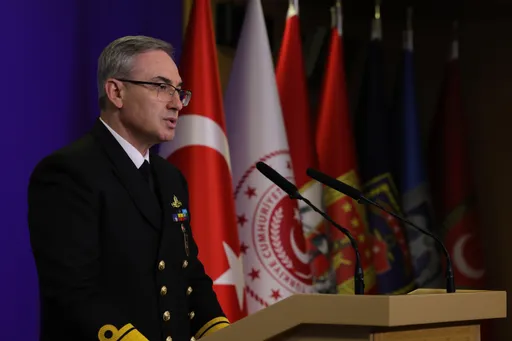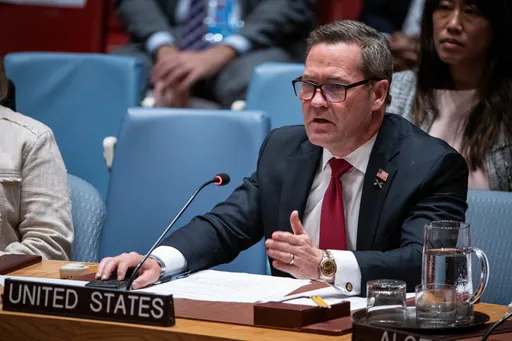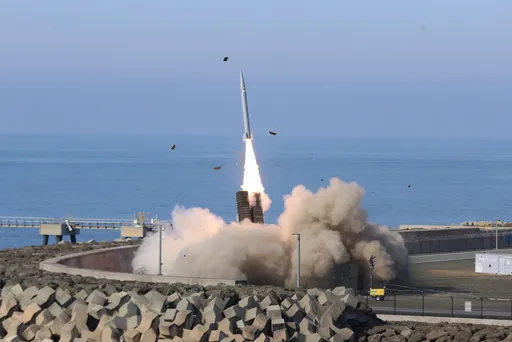Scientists from Stanford University reverse-engineered the mRNA sequence of Moderna's Covid-19 vaccine and published it on Github, a source code hosting website.
Motherboard was the first to report the story. The two Stanford scientists, Andrew Fire and Massa Shoura, reportedly collected the exhausted vaccine vials to crack the mRNA sequences, which are a list of directives that tell the human body how to fight invading viruses.
“With the rollout of vaccines for COVID-19, these synthetic mRNAs have become broadly distributed RNA species in numerous human populations. Despite their ubiquity, sequences are not always available for such RNAs,” says the GitHub post, signed by eleven scientists.
“Sharing of sequence information for broadly used therapeutics has the benefit of allowing any researchers or clinicians using sequencing approaches to rapidly identify such sequences as therapeutic-derived rather than host or infectious in origin,” they said.
Similarly, on another occasion, scientists were able to deconstruct Pfizer-BioNTech's Covid-19 vaccine sequence. They also made them public. Since Moderna’s sequence was not publicly available, Stanford scientists Shoura and Fire contacted the company in order to seek permission for sharing the code online. They didn't hear back from the company and they went ahead, posting it on GitHub.
The scientists who have cracked the mRNA code of the Covid-19 vaccine, say they experimented on the spent vaccine vials at Stanford and Veteran’s Affairs vaccination sites after seeking permission from the Federal Drug Administration (FDA).
While knowing the mRNA sequences of Covid-19 vaccines wouldn't account for making home-brewed versions, Fire and Shoura say the information can help "in analysing future biomedical datasets".
Stuart Turville, an associate professor of immunology and pathology at the University of New South Wales’s Kirby Institute, told The Guardian Australia that one shouldn't even try and attempt making such a vaccine outside the scientific environment. If one does, he said, “That would be the equivalent of baking an intricate cake with only the knowledge of the basic ingredients”.
The deconstructed vaccine code, however, is still an important step to make the information accessible for scientists, while the world struggles to make Covid-19 vaccines accessible for all.
Turville said it would be important to be able to determine RNA made by the vaccine and RNA from the virus, as molecular diagnostics can give false positives if RNA like this is around in large quantities.
“So it would be good to know the sequence, so if any false positives turned up, you could troubleshoot if the vaccine RNA was the source of your contamination.”
























